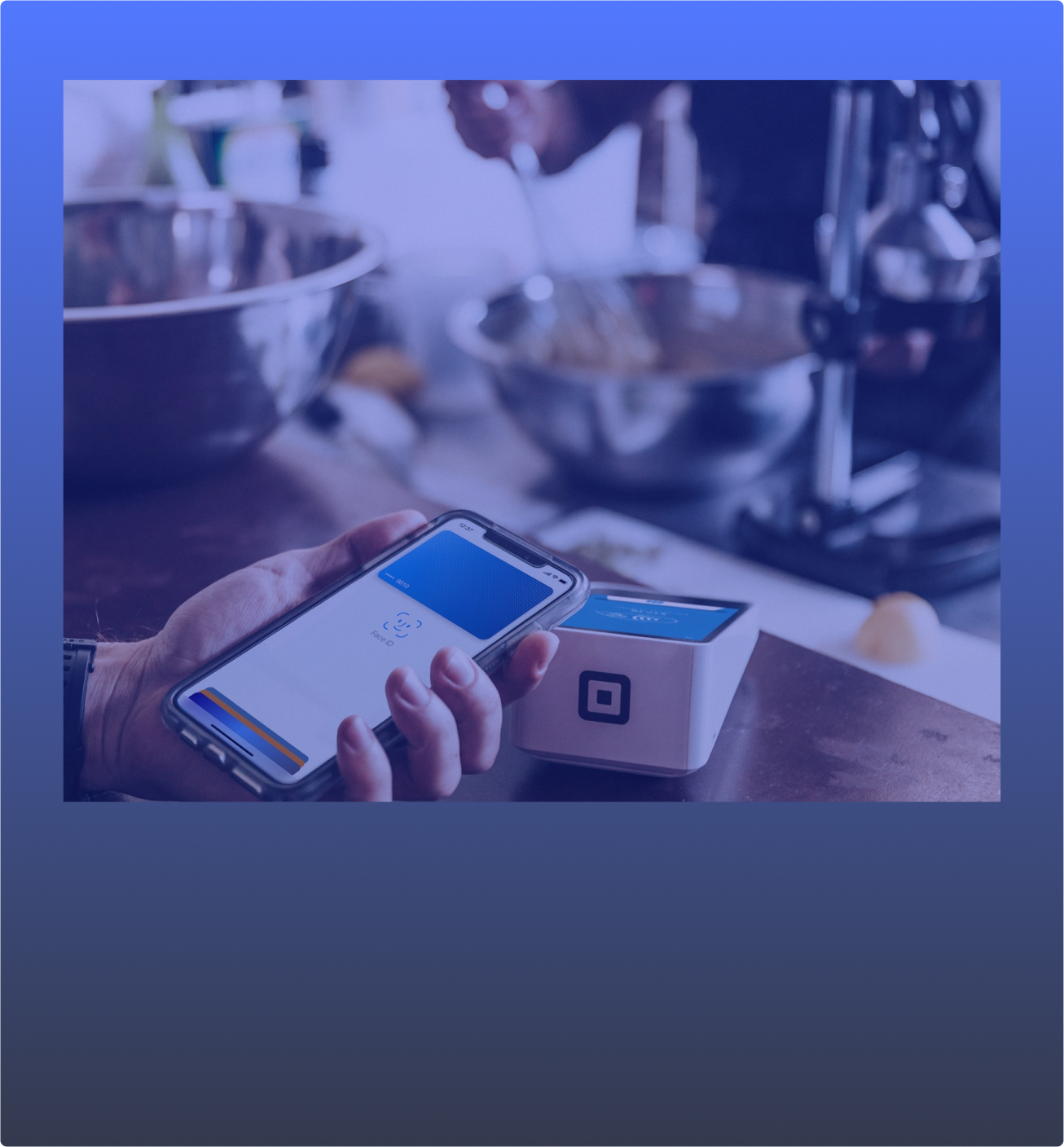The world of finance has changed throughout history. From the barter system to cryptocurrencies, it has continually benefited from innovation. Tokenization of assets is one of the ways Blockchain Technology and Cryptocurrencies have revolutionized assets as we know them. The tokenization of assets is one of the innovative ways Blockchain Technology is changing the finance landscape. It redefines how what we have known about ownership in the digital age.
Instead of ownership through the physical possession of an asset, the rights of ownership are converted into a digital token on a blockchain which can be managed, sold, and traded.
Asset tokenization is a term for the use of smart contracts and blockchain technology to represent ownership or rights to an asset as a tradable, on-chain token.
The Benefits of Tokenization
Asset tokenization offers numerous advantages, transforming traditional assets into digital tokens on a blockchain. This process enhances liquidity, accessibility, transparency, and efficiency, making it easier to trade and manage assets.
Efficiency: Tokenization eliminates many of the intermediaries and administrative costs associated with traditional asset transactions, potentially reducing transaction costs and increasing efficiency.
Liquidity: Tokenization allows assets to be easily traded on digital marketplaces, enabling investors to buy and sell assets with greater ease and efficiency. This can increase liquidity in the market, which can attract more investors and potentially increase asset values.
Transparency: Tokenization creates a transparent and immutable record of ownership and transaction history, making it easier to track the ownership and value of assets. This can improve trust and reduce fraud in the market.
Accessibility: Tokenization offers investors the opportunity to invest in resources that were previously inaccessible or hard to access due to geographic, legal, or other restrictions. Fractionalization makes unique assets available to larger populations of people.
Asset tokenization use cases
Tokenization of real-world assets can improve markets for several different asset classes. Let’s look at a few below.
Tokenized real estate: Real estate is one of the most promising examples of an asset that can benefit from tokenization, Real estate transactions often require a combination of money up front and substantial loans since the purchases are typically quite large. By tokenizing real estate assets, investors can buy or sell shares in individual properties much more easily, in more granular sizes and with less need for intermediaries. Tokenization of commercial real estate, for example, could invest in high-value properties far more accessible to a wider range of investors and introduce more liquidity into a market traditionally known for its lack of liquidity.
Tokenized bonds: Tokenization of bonds is another promising example of asset tokenization and one that has already gained steam. Tokenization can streamline the bond issuance process and automate several aspects of bond management, such as interest payments and maturity settlements. That, along with other benefits like the reduction of intermediaries and lowered transaction costs, could make bond markets more efficient and accessible.
Tokenized Carbon Credits
Carbon credits are financial instruments that represent a business’ successful reduction in carbon emissions by a specific amount, usually issued in the context of laws demanding companies in a given country or region collectively reduce emissions to a targeted overall level. Carbon credits can be traded like any other financial instrument. Companies that don’t reduce their emissions can buy carbon credits from those that have, essentially allowing them to pay to reduce their on-paper environmental impact and meet their emissions requirements under the law. Tokenization of carbon credits could enhance the transparency and efficiency of the carbon credit market and also make it easier for smaller companies to buy and sell credits given the fractionalization of credits that tokenization could enable. Overall, this approach has the potential to create new opportunities within the green economy by increasing the pool of possible participants.
Different Use Cases: Tokenization can be applied to virtually any asset class. For instance, intellectual property in the form of patents and copyrights could be tokenized, giving artists and inventors new ways of monetizing their creations. Unique collectables like classic cars, luxury yachts, pieces of rare art, and vintage wines — all of these present opportunities for tokenization as well. In all cases, the primary benefits are democratization of access, increased transparency, and the fostering of bigger, more liquid markets.
How Does Asset Tokenization Work?
By consolidating origination, distribution, trading, clearing, settlement, and safekeeping into a single layer, tokenization enables a streamlined and efficient financial system underpinned by blockchain technology.
The process of creating tokenized assets involves several steps—defining the token type (fungible or non-fungible), selecting the blockchain to issue the tokens on, selecting a third-party auditor to verify off-chain assets, issuing the assets, and more. Meanwhile, the decentralized nature of blockchain networks ensures transparent safekeeping, as asset ownership records are immutable and resistant to tampering, providing users with greater confidence in the integrity of the system.
Steps to create a tokenized asset:
- Select the asset: This could be equities, commodities, currencies, securities, fine art, carbon credits, intellectual property, or another asset class.
- Define token type: Consider factors like the token standard you want to use (ERC-20, ERC-721, ERC-1155, etc.), You can also consider the number of tokens to be created, the mechanism governing minting tokens, custom parameters and rulesets.
- Choose the blockchain: This choice will depend on the specific requirements of the tokenized asset in question, but some aspects to consider are whether the tokens should be issued on a public or a permissioned blockchain or whether a framework for creating a custom network or rollup should be utilized.
- Verify off-chain assets: Establish secure and reliable off-chain connections using Chainlink services to enrich tokenized assets with essential data. This includes Chainlink Proof of Reserve to verify collateralization and Chainlink Price Feeds to ensure secure markets. As tokenized assets move across chains, Chainlink Cross-Chain Interoperability Protocol (CCIP) ensures that critical data such as price, NAV, and identity data remain synchronized and up-to-date across all blockchains, maintaining a Unified Golden Record and enabling seamless cross-chain interoperability.
- Enable secure token minting: Chainlink Proof of Reserve Secure Mint enhances the security and transparency of tokenized assets by programmatically ensuring that newly minted tokens are fully backed in reserves. This decentralized verification mechanism provides cryptographic guarantees that help prevent the minting of unbacked tokens.
As the boundaries between traditional finance as we know it and the digital world of blockchain continue to merge, tokenization emerges as a powerful tool for change, offering a new perspective for investment, ownership, and value creation. By fragmentizing access to previously illiquid assets, enabling fractional ownership, and leveraging the power of blockchain technology and smart contracts, tokenization has the potential to create a more inclusive, transparent, and efficient financial system.







